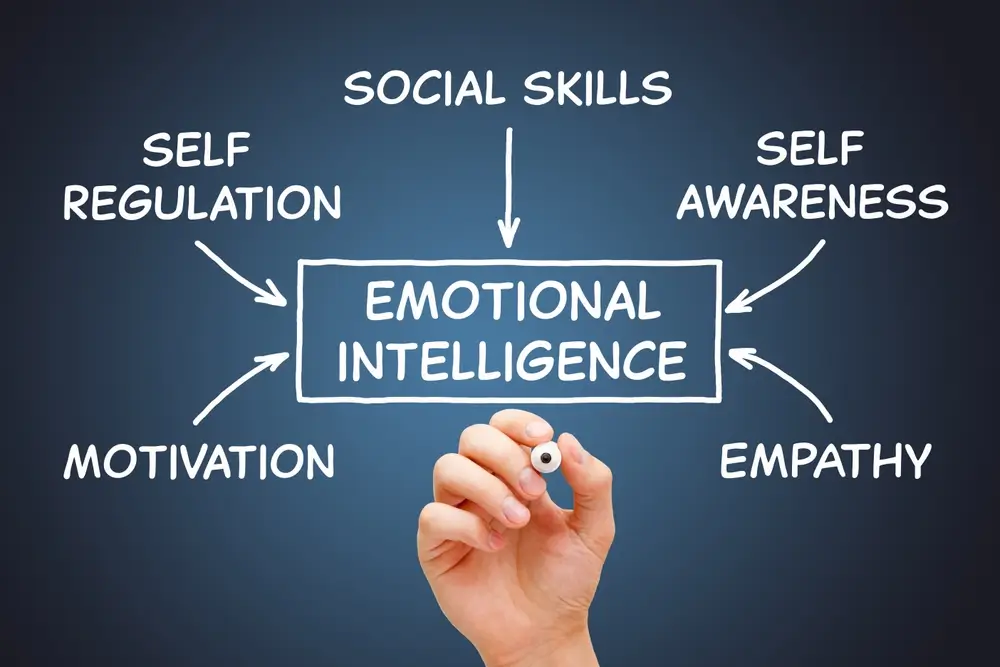When building an effective sales team for a B2B offering, the tendency has been to rely on the binary ‘hunter’ or ‘farmer’ model. One role goes after new logos the other focuses on existing accounts. This might work in a simpler marketplace but when you look at today’s buying behaviours, digital engagement models and organisational expectations it is questionable whether this is still relevant.
At Rholben Consulting we have worked with large multinationals, SaaS start-ups and regional niche players to help them create, rethink and restructure their sales functions.
The Classic Profiles: Still useful?
What is the key difference in skill set and personality that separates a ‘hunter’ from a ‘farmer.’? While generalisations are risky and not every ‘hunter’ or ‘farmer’ has identical ‘DNA,’ there are certain character traits that are consistent!
How to spot a ‘Hunter’?
Traditionally, hunters are accomplished cold callers, have a singular focus and are thick skinned. They are high-energy and goal-driven and thrive on competition. However, they can at times put the company’s interests second to their own. They exhibit ‘Lone Wolf’ behaviour and a tendency to close the sale at all costs.
These individuals tend to exhibit the following traits.
- Confident and determined.
- Self-motivated.
- Good at working independently, with individualistic tendencies.
- Competitive with high-energy.
- Loose with processes – more focused on the result than how they achieve it.
- See supervision as a hindrance rather than a source of support.
- Distrustful of colleagues.
- Little interest in team-oriented activities.
- Prioritise closing the deal over nurturing long-term rapport.
This approach can generate rapid results but it can also lead to siloed behaviours and a less than satisfactory client experience – especially when incentives offer short-term reward with no consideration for long-term client retention.
How to spot a ‘Farmer’?
A ‘farmer’s’ primary focus is building trust. The client gets attention and proactive problem solving from an individual they feel is in their corner. The ‘farmer’ makes it appear that they will always act in the best interests of the client, ensuring that their requirements are at a minimum met and where possible exceeded.
Client first always – is the mantra they try and live by it. Their strength is growing existing relationships through reliability, empathy, insight and a focus on detail.
‘Farmers’ are particularly useful in high-value complex projects or long-term engagements.
Common traits are as follows.
- Trustworthy, acting with integrity.
- Enjoying being part of a team.
- Willingness to help people and a need to please.
- An ability to take the heat out of a situation.
- Attention to detail.
- Empathy and patience.
- Commitment and determination.
Ensuring a high-level of service delivery for the client is a ‘farmer’ superpower, but they can struggle to identify and seize new opportunities. Consequently, their remit and incentives must be linked to commercial growth.
Why the Distinction is Blurring.
From our experience, the landscape in the 2020s has clients more cautious in their decision making and better informed of the offerings available in the market. The client engagement during the purchasing cycle is also more collaborative.
We are seeing more instances of sales professionals who are blending ‘hunter’ and ‘farmer’ traits, but a number of organisations still remain unsure how to combine their sales and account management functions. This is further impacted by more and more remote selling, cross-functional buying teams and longer sales cycles.
The challenge is how to build an effective department for business growth that can prospect for new opportunities as well as grow existing clients.
Key Considerations.
What to consider when building a highly functional, revenue generating team that is empowered to succeed.
Sales Operations and Enablement.
Create a sales operations function to support business growth. It needs to include sales development representatives (SDRs) to prospect and qualify leads; writers to create proposals and presentations, with support specialists to help with CRM management and other time consuming activities. The objective being to free up salespeople to target and manage clients.
The challenge is to avoid a bloated headcount so a fully functioning department is likely to evolve over time, depending on need and growth.
It will be necessary to have the right supporting tech to make this role efficient and that will carry an expense. As a footnote, AI is here! Tools are available in the market that can support and improve the efficiency of this function.
Considerations when hiring for a sales department.
- Do you have one product to sell and is it a one-off purchase?
- Is your product / offering commoditized?
- Is the job more of a solutions sell involving multiple products / services?
- Is your business based on multi-year contractual agreements?
- What positions of responsibility do decision-makers in your targeted verticals occupy? What level of seniority are they?
- What are the price points? In other words, are you selling low priced products or services in highly competitive industries, where price is the primary buying consideration. Or alternatively, products or services that are of high value, high impact and consequently a higher expense?
These factors will have a bearing on who you should employ in your sales organisation. In brief, are your client interactions transactional or transformational. This tends to reflect client spend, seniority, complexity and length of sales cycle.
Hybrid Sales Roles.
In many high-value relationship-based industries the best salespeople tend to be hybrid professionals. They work closely with pre-sales engineers, solutions architects and the project management office (PMO). They build trust with a client and focus on long-term relationship management to help them identify upsell and cross-sell opportunities.
What remains vitally important is the strength of relationship between the company and the client. The way of engaging may be changing, but finding ways to remain the preferred partner, offering solutions and being trusted by the client to look out for their interests is leading to a more strategic selling approach.
How may a Revenue Generating Function look in the future?
- Replace Silos with Pods. Look at creating client or vertical pods. Combine all the areas of expertise in one team. C-suite buyers expect consultative partnerships and an ability to be agile. Consequently, have your sales people lead discovery calls with pre-sales engineers, while solution architects work on data-driven insights that help justify the expense for the client.The Project Management Team, who are introduced early in the sales cycle, then go on to deliver the project. The client benefits from multiple touchpoints early on with a team that not only sells the solution but also delivers it.
- Invest in AI not just People. Use generative AI to support with lead scoring and CRM hygiene – all the tasks that can be manually intensive and stall momentum. Generative AI, in a CRM context, is also offering data analytics, personalisation, sentiment analysis and automation – something we talk more about in an upcoming blog.
- Reward Outcomes. Continue to reward acquisition of new clients but also incentivise retention and cross-sell / upsell, penetration.
Final Comment.
Having led sales transformations for start-ups, divisions of Fortune 500 companies and small and medium sized enterprises across four continents, I have seen first hand how outdated models limit growth. The question is not whether ‘hunters’ or ‘farmers’ are redundant – it is how to evolve their strengths into a strategy fit. .
An effective sales function in the 2020s involves designing roles, processes and incentives that accurately reflect your client’s journey and empower your team to deliver.
Sometimes it does make sense to keep new business and account management separate. At other times – especially in early-stage or resource limited companies, a blended role supported by strong service teams works best.
However, clinging to outdated models can risk stagnation. As a CEO, CRO or CGO you should be constantly evaluating your organisational structure and it should always follow strategy. The very nature of your product, sales cycle and client expectations should drive how you ultimately hire and organise.
We’ve helped businesses drive sustainable growth. If you are looking to redesign your business development approach, we’d love to explore how we can support you.



